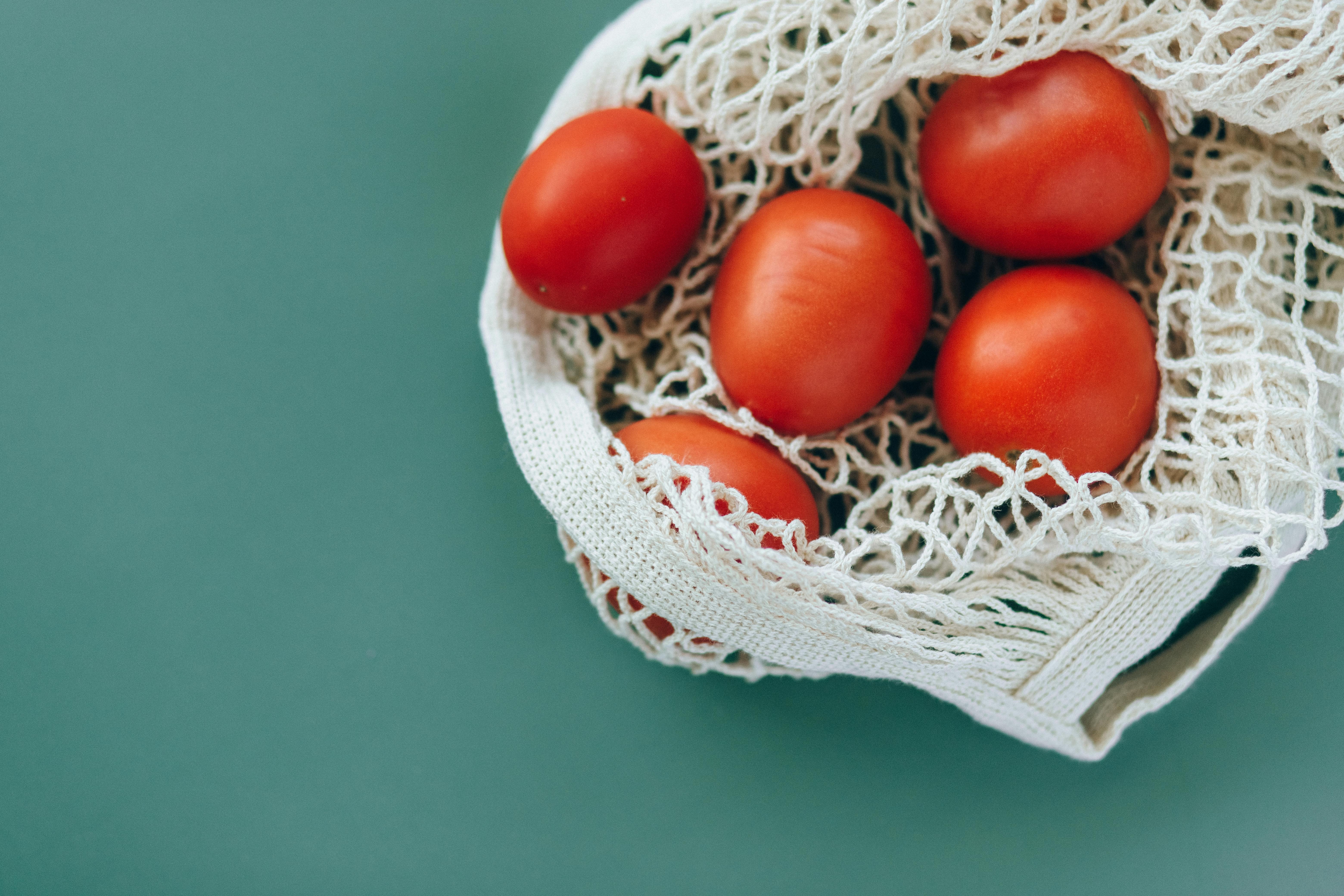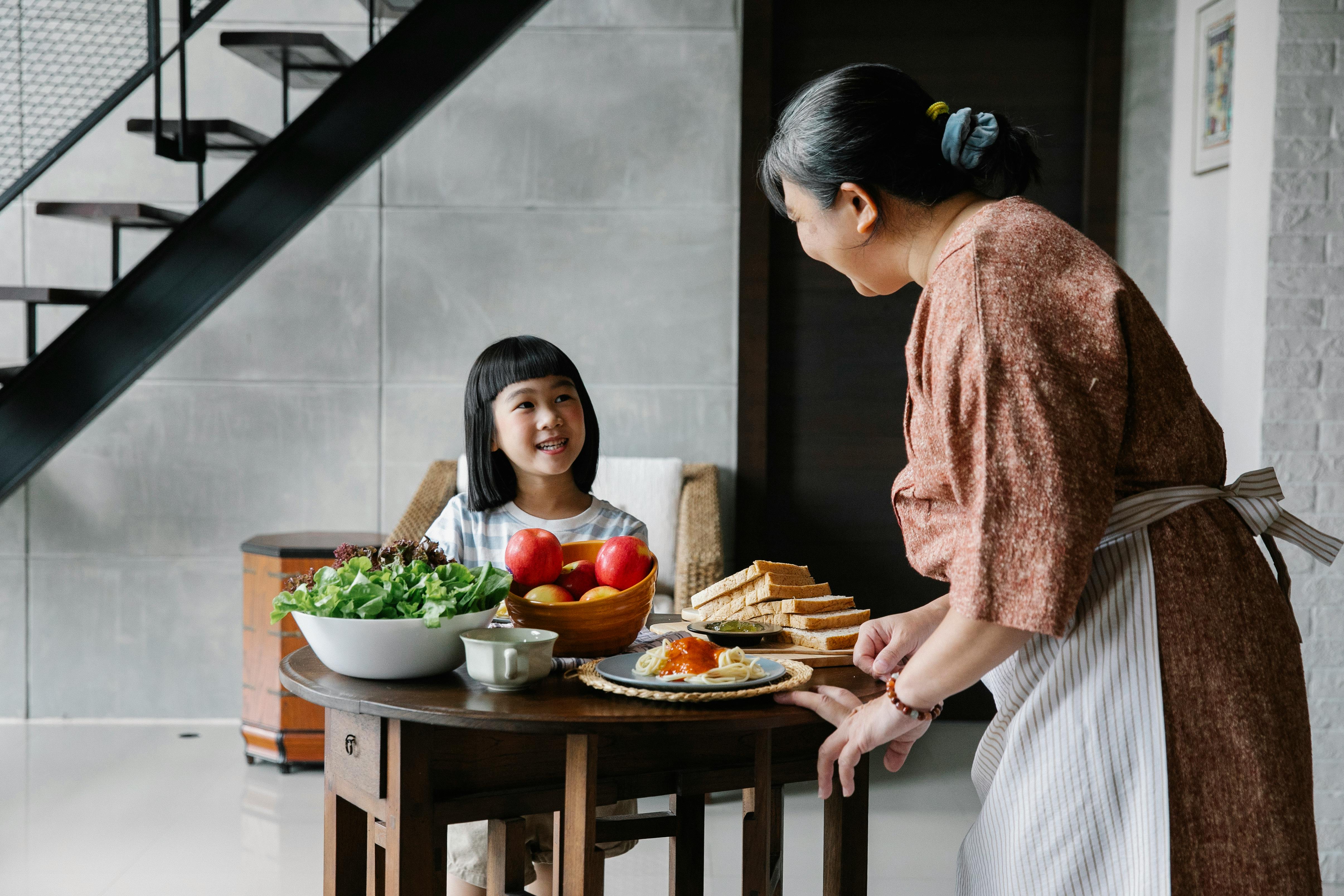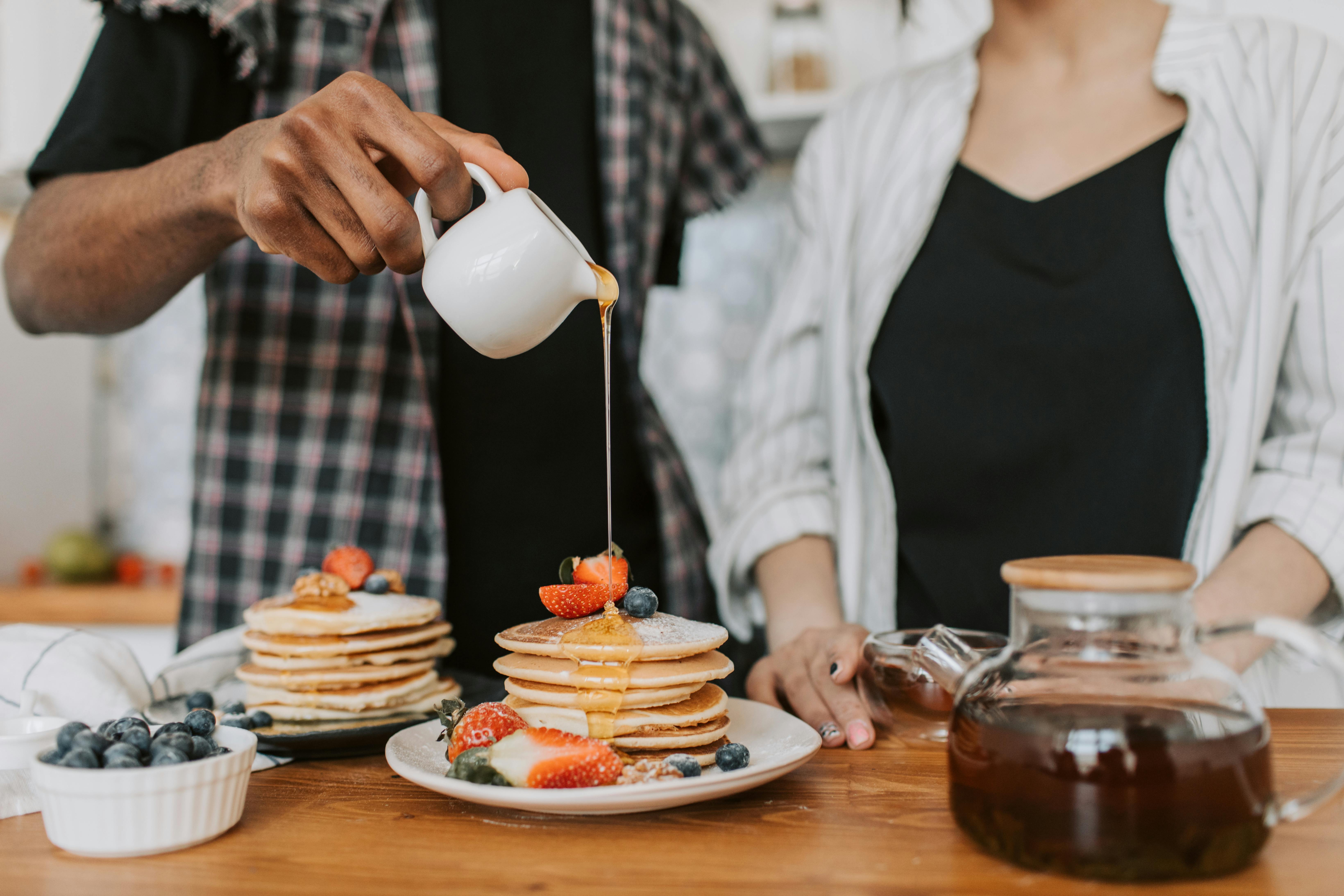Painting a still life painting seems easy sometimes, that is until you actually do it! Frustration can build if you don’t follow some still life painting techniques. Here are 10 tips that should help you when painting still life no matter what medium you’re using.
1. Take pictures. If you are painting perishable items like fruit or flowers, you should take still life photos. Photos will be a lifesaver if the still life wilts or wrinkles before you’re done with the job.
2. Prepare a stage for your work. Use a large cardboard box turned on its side for setup or stage. Lay a drop cloth along the back, sides, and bottom of the box. Place your items on the stage and your still life is ready. For an even bigger effect, cut a square window in the side of the box. Light can enter through this window creating a realistic lighting effect.
3. Keep the background simple or subdued. If the background is busy, you will have a competitive focus on painting. A draped fabric or other soft bottom works well.
4. Choose still life elements. When choosing items to use in your painting, choose items that belong together. For example, a stack of old books and an old ceramic coffee cup indicate a peaceful old library painting. You could go out to the garage and pick up some garden tools or gloves and a watering can. Try searching the kitchen for similar items.
5. Add drama by using contrasting colors, textures, or shapes. If your painting includes a metal watering can, an opposite texture would be cotton garden gloves. Choosing a metal can and metal garden tools doesn’t offer much variety. Experiment with a variety of shapes, colors, and textures until your still life satisfies you.
6. Keep your balance. When setting up elements on the stage, be careful about balance. Don’t just place items randomly. Keep an even balance. Don’t place your main object directly in the center of the setup. The main object should be placed slightly off center with other elements to the side, front, and to the side. Experiment until your eyes enjoy what they see
7. Begin your painting by outlining the general shapes of the objects. Once you’ve placed the shapes, fill them in with the first coat of primer or filler. Add the background, then finish the details of the still life.
8. Create shadows. Shadows always add dimension to a painting. It is easy to create shadows. Simply shine a light on one side or the other of the still life. People in western society tend to read from left to right, therefore light entering from the left will attract the eyes of viewers in a normal right reading position.
9. Periodically go back and look at the painting. Remember that normal viewing is 6 feet away from a painting! Do this often throughout the process.
10.Add highlights. Just when you think your painting is almost done, add highlights! Where the brightest highlights are, add pure white! Your painting will stand out with effect with the smallest detail of reflections.
Painting still life should be fun. Following these simple tips should set you on your way to successful still life painting.




